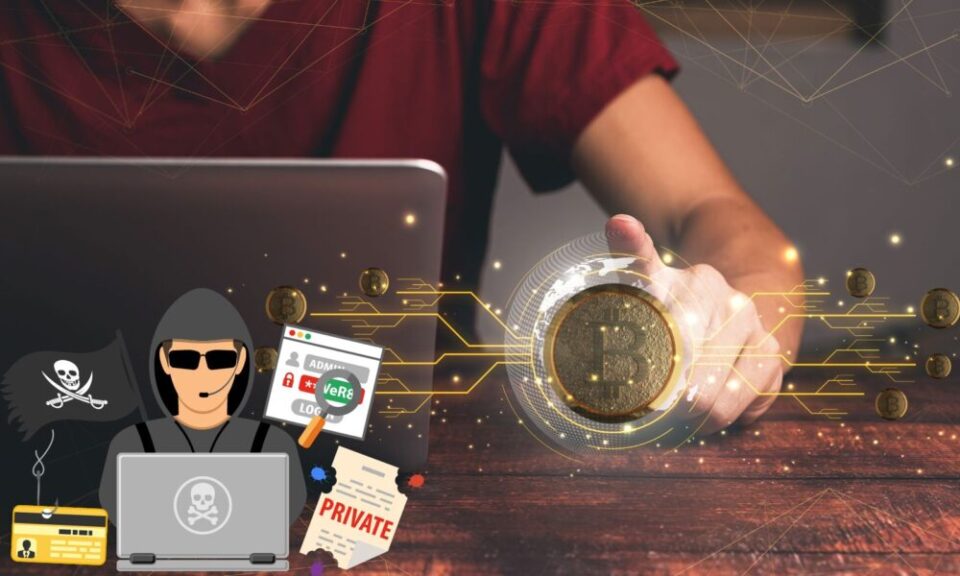In the digital age, intellectual property rights have become more important than ever. With the rise of the internet and the ease of sharing and accessing information, protecting intellectual property has become a significant challenge for creators and innovators. This article explores the concept of intellectual property rights in the digital age and the various issues surrounding it.
What are Intellectual Property Rights?
Intellectual property refers to creations of the mind, such as inventions, artistic works, designs, symbols, names, and images used in commerce. Intellectual property rights grant creators and innovators exclusive rights to their creations, allowing them to control and profit from their work.
There are several forms of intellectual property rights, including copyright, patents, trademarks, and trade secrets. Copyright protects original works of authorship such as books, music, and software. Patents protect inventions and new technologies. Trademarks protect brands and logos, while trade secrets protect confidential business information.
The Digital Age and Intellectual Property
The digital age has brought about significant challenges to intellectual property rights. The ease of copying and sharing digital content has made it difficult for creators to protect their work from unauthorized use and distribution.
One of the main issues in the digital age is online piracy. Piracy refers to the unauthorized copying, distribution, or use of copyrighted material. The internet has made it easier than ever for individuals to access and share copyrighted content without permission from the creator. This has resulted in significant revenue losses for creators and has raised concerns about the sustainability of creative industries.
Another challenge is the difficulty of enforcing intellectual property rights in the digital realm. With the global nature of the internet, it can be challenging to track down and take legal action against individuals or organizations that infringe on intellectual property rights.
Protecting Intellectual Property in the Digital Age
Despite the challenges, there are several measures that can be taken to protect intellectual property in the digital age.
- Copyright registration: Creators should consider registering their works with copyright offices to establish a public record of ownership and to provide legal evidence in case of infringement.
- Digital rights management (DRM): DRM technologies can be used to restrict unauthorized copying and distribution of digital content. However, DRM has also faced criticism for being too restrictive and limiting consumer rights.
- Watermarking and metadata: Adding watermarks or embedding metadata in digital content can help identify the original creator and deter unauthorized use.
- Education and awareness: Increasing public awareness about intellectual property rights and the consequences of piracy can help foster a culture of respect for creators and their work.
The Future of Intellectual Property Rights

As technology continues to advance, the future of intellectual property rights in the digital age remains uncertain. New technologies such as blockchain and digital fingerprinting may offer innovative solutions for protecting and enforcing intellectual property rights.
It is also important for policymakers and legal systems to adapt to the changing landscape of intellectual property rights in the digital age. International cooperation and harmonization of intellectual property laws can help streamline enforcement efforts and provide better protection for creators worldwide.
Intellectual property rights in the digital age are crucial for protecting creators and innovators. While the digital age has presented challenges, various measures can be taken to protect intellectual property. With continued advancements in technology and the collective efforts of creators, policymakers, and consumers, it is possible to strike a balance between the free flow of information and the protection of intellectual property rights.

